Artem Yushchenko
Extreme Gradient Boosting for Yield Estimation compared with Deep Learning Approaches
Aug 26, 2022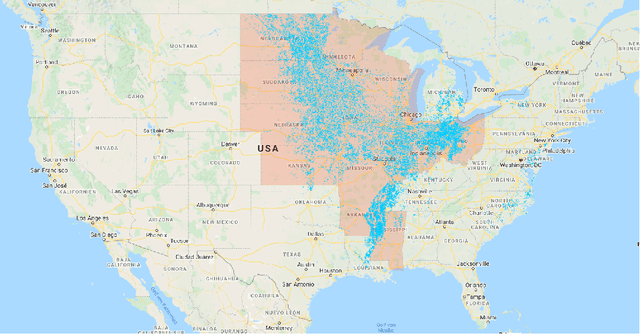

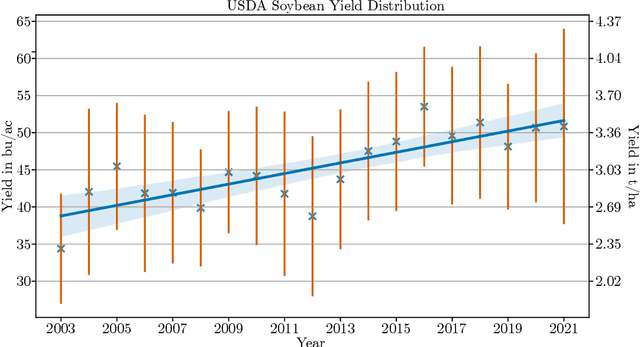

Abstract:Accurate prediction of crop yield before harvest is of great importance for crop logistics, market planning, and food distribution around the world. Yield prediction requires monitoring of phenological and climatic characteristics over extended time periods to model the complex relations involved in crop development. Remote sensing satellite images provided by various satellites circumnavigating the world are a cheap and reliable way to obtain data for yield prediction. The field of yield prediction is currently dominated by Deep Learning approaches. While the accuracies reached with those approaches are promising, the needed amounts of data and the ``black-box'' nature can restrict the application of Deep Learning methods. The limitations can be overcome by proposing a pipeline to process remote sensing images into feature-based representations that allow the employment of Extreme Gradient Boosting (XGBoost) for yield prediction. A comparative evaluation of soybean yield prediction within the United States shows promising prediction accuracies compared to state-of-the-art yield prediction systems based on Deep Learning. Feature importances expose the near-infrared spectrum of light as an important feature within our models. The reported results hint at the capabilities of XGBoost for yield prediction and encourage future experiments with XGBoost for yield prediction on other crops in regions all around the world.
Automated Identification of Vulnerable Devices in Networks using Traffic Data and Deep Learning
Feb 16, 2021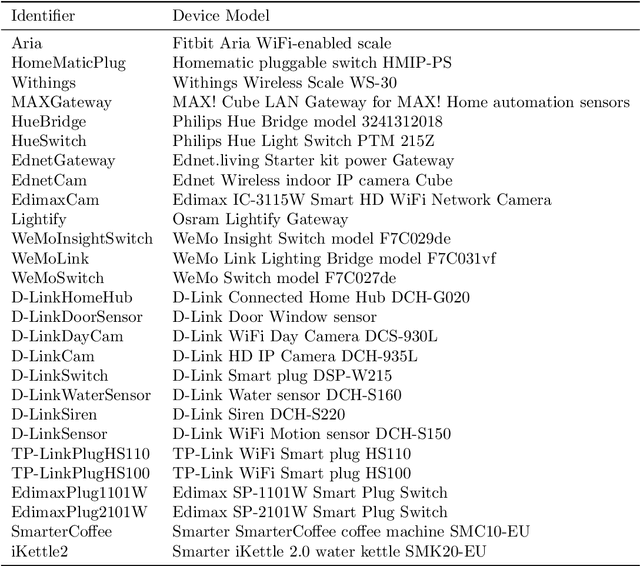

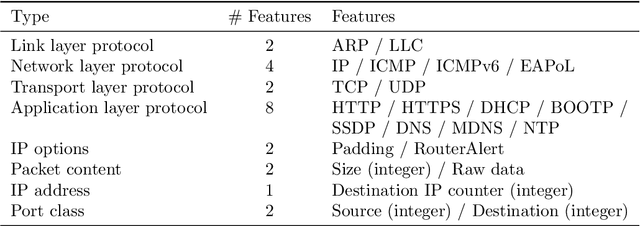
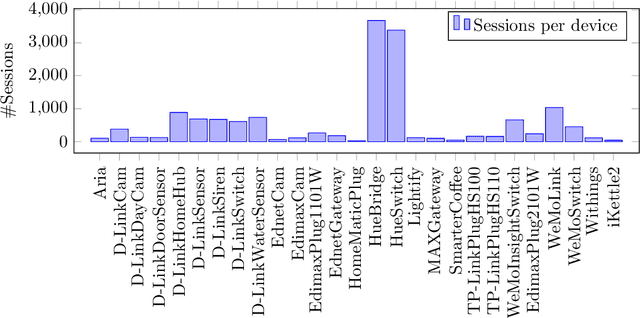
Abstract:Many IoT devices are vulnerable to attacks due to flawed security designs and lacking mechanisms for firmware updates or patches to eliminate the security vulnerabilities. Device-type identification combined with data from vulnerability databases can pinpoint vulnerable IoT devices in a network and can be used to constrain the communications of vulnerable devices for preventing damage. In this contribution, we present and evaluate two deep learning approaches to the reliable IoT device-type identification, namely a recurrent and a convolutional network architecture. Both deep learning approaches show accuracies of 97% and 98%, respectively, and thereby outperform an up-to-date IoT device-type identification approach using hand-crafted fingerprint features obtaining an accuracy of 82%. The runtime performance for the IoT identification of both deep learning approaches outperforms the hand-crafted approach by three magnitudes. Finally, importance metrics explain the results of both deep learning approaches in terms of the utilization of the analyzed traffic data flow.
 Add to Chrome
Add to Chrome Add to Firefox
Add to Firefox Add to Edge
Add to Edge